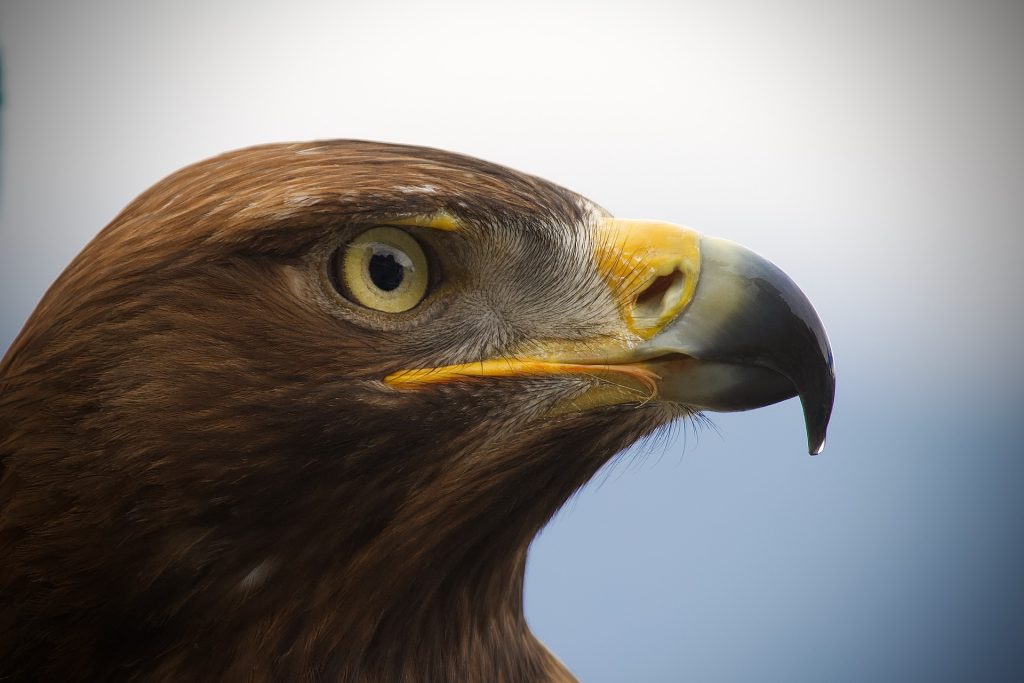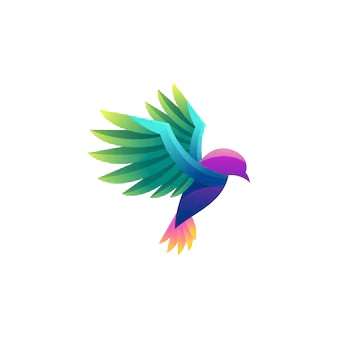
South Africa, renowned for its diverse wildlife and rich avian population, offers an exceptional birding experience even within the confines of home gardens. With numerous national parks, nature reserves, and bird sanctuaries, the country is a paradise for birdwatchers. Here are 17 common garden birds you are likely to encounter in South Africa.
1. Dark-capped Bulbul
The Dark-capped Bulbul, affectionately called “bottergat” in Afrikaans for its bright yellow undertail coverts, is easy to spot with its dark head and greyish-brown body. Known for its sweet, chattery call, these bulbuls are often seen in small, chatty flocks. They play a vital role in pollination, feeding primarily on fruit but also on seeds, nectar, and insects.
2. Grey Go-away Bird
Also known as the Grey Loerie or Kwêvoël, the Grey Go-away Bird is famous for its distinctive, nasal “kwehhh” call that sounds like “go-away.” These birds use their alarm call to warn other animals of predators. They primarily feed on fruit, leaves, flowers, buds, and invertebrates.
3. Crested Barbet
With its striking speckled plumage and continuous, insect-like whistle, the Crested Barbet is a delightful garden visitor. Found alone or in pairs, these birds have a varied diet, including insects, fruit, and bird eggs.
4. Hadeda Ibis
Known for its loud, nasal call, often heard in the mornings, the Hadeda Ibis is a familiar sight in South African gardens. They forage for worms, insects, snails, and slugs, making them beneficial for gardens despite their reputation for being noisy.
5. African Hoopoe
The African Hoopoe, named for its “hoop-hoop” call, is a crested bird with chestnut plumage and black and white wings. These birds are often seen probing the ground for insects like beetles and locusts, breaking them into manageable pieces with their long, thin bills.
6. Red-eyed Dove
This large dove is easily recognized by its red eyes and soft, repetitive call that sounds like “I-am, the-red-eyed-dove.” With pinkish head and underparts and blue-grey wings, these doves forage the ground for seeds and plant foods.
7. Laughing Dove
The Laughing Dove, with its dusty pink plumage and low, chuckling call, is a slim pigeon often seen in pairs or small flocks. They forage on the ground for seeds and small insects.
8. Green Woodhoopoe
The Green Woodhoopoe, formerly known as the Red-billed Woodhoopoe, has metallic emerald-green plumage and a striking red bill. These social birds are seen in noisy flocks and are cooperative breeders. They feed on insects and use their specially developed claws to perch on tree trunks while foraging.
9. Crowned Plover
The Crowned Plover, or Crowned Lapwing, prefers short lawn grass and dry grasslands. Identified by its black crown with a white halo and long red legs, these birds forage for insects and termites and are known for their loud “krrrk” call.
10. Blacksmith Lapwing
Named for its metallic “tink-tink-tink” call, the Blacksmith Lapwing is often seen foraging in gardens during winter. With black, white, and grey plumage, these birds shift to wetland habitats for breeding in spring.
11. Southern Masked Weaver
The Southern Masked Weaver is fascinating to watch, especially as the males build intricate dome-shaped nests. The breeding male is bright yellow with a black face mask, while females and non-breeding males are brown. These weavers forage for insects, seeds, and nectar and often eat from bird feeders.
12. Southern Red Bishop
Male Southern Red Bishops turn fiery red and black during the breeding season. These gregarious birds nest in colonies and forage in flocks, often mixed with other weaver species. They primarily feed on seeds and have a distinctive buzzing song.
13. Cape Starling
The Cape Starling, common in suburban areas, is known for its glossy blue-green plumage and bright yellow eyes. These starlings are often seen foraging for fruit, nectar, and insects and are capable mimics, incorporating environmental sounds into their song.
14. Pied Crow
The Pied Crow, with its black and white plumage and harsh croaky call, is a common sight perched in trees. These intelligent birds forage for small vertebrates, insects, food scraps, and fruit.
15. Black-collared Barbet
The Black-collared Barbet is identified by its bright red face and black collar. Known for its repetitive duet call that sounds like “black-collared,” this bird feeds mainly on fruit and is often heard more than seen.
16. White-bellied Sunbird
The White-bellied Sunbird, with iridescent blue-green upperparts and a shimmery violet breast, is a small nectarivore resembling a hummingbird. These sunbirds feed on nectar and insects, hovering around flowers and hawking insects in flight.
17. Diederik Cuckoo
The Diederik Cuckoo, often heard but rarely seen, has a beautiful green and copper-brown plumage. Its call, “dee-dee-dee-deederik,” is distinctive. These elusive birds feed on insects and caterpillars.
Final Thoughts
From urban and suburban gardens to rural areas, South Africa’s gardens are teeming with birdlife. Garden birding can become an addictive hobby, offering hours of enjoyment and wonder. So, grab your binoculars and a sunhat, and immerse yourself in the captivating world of backyard birding.
